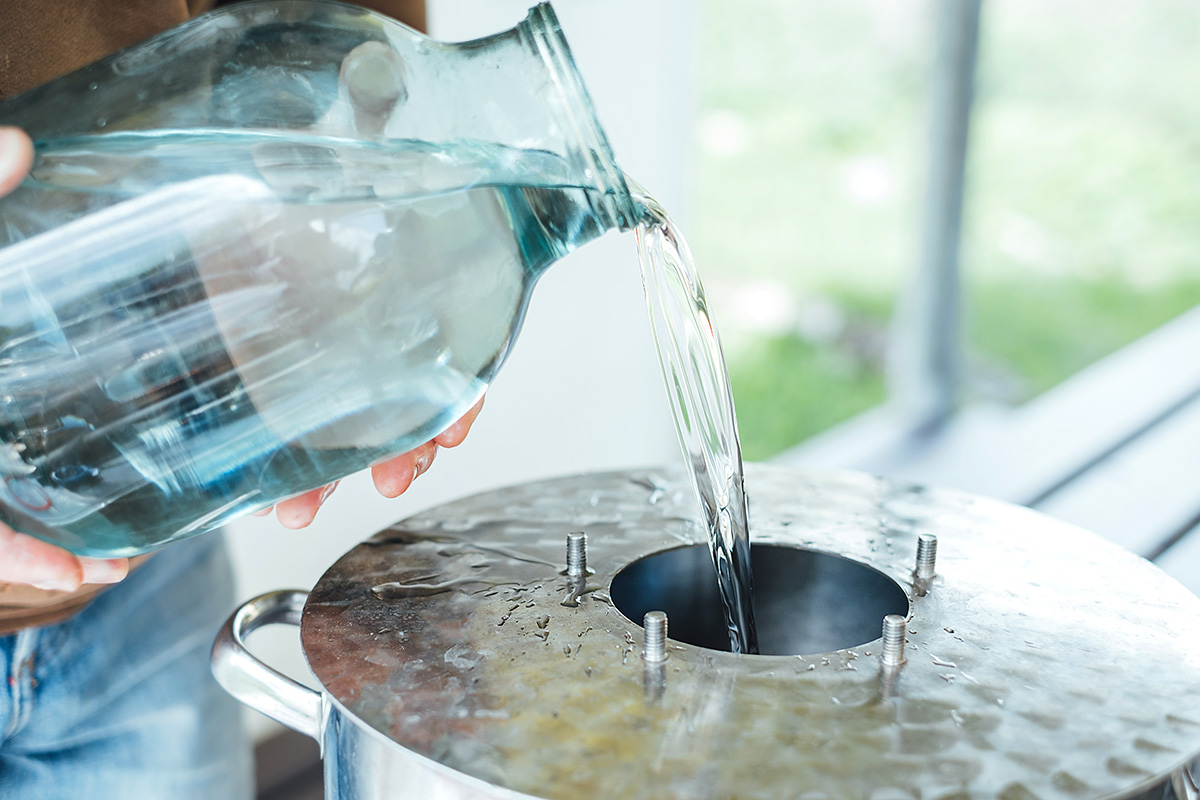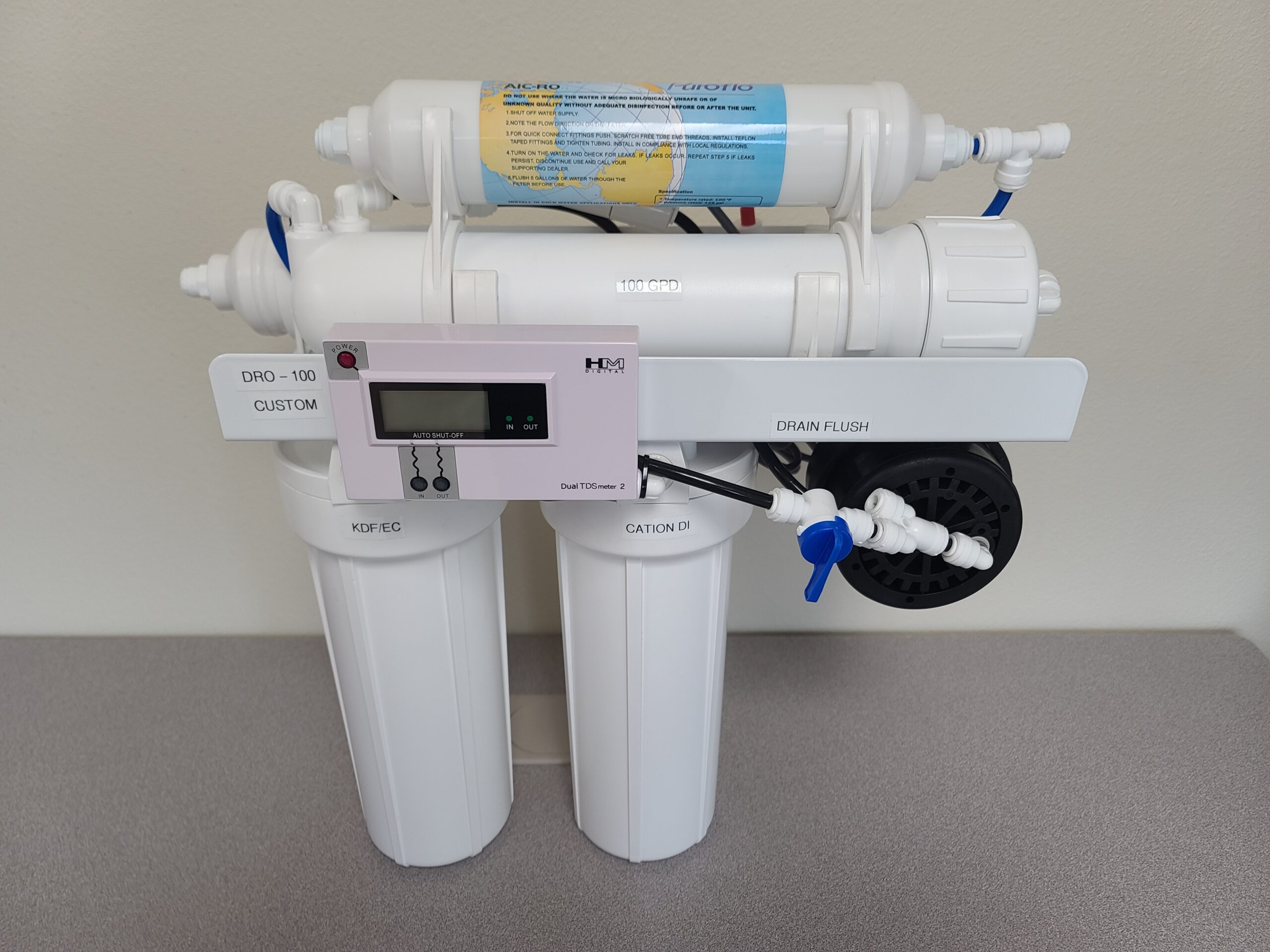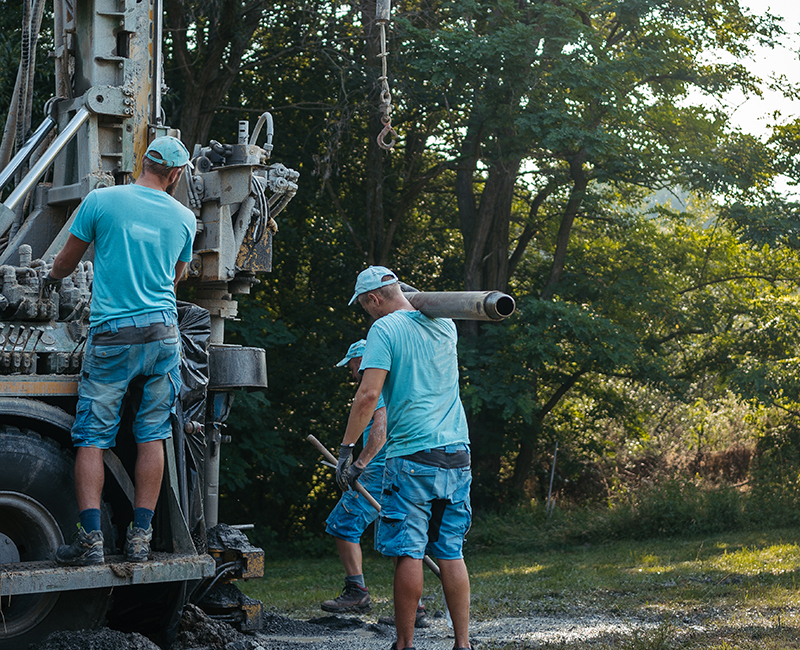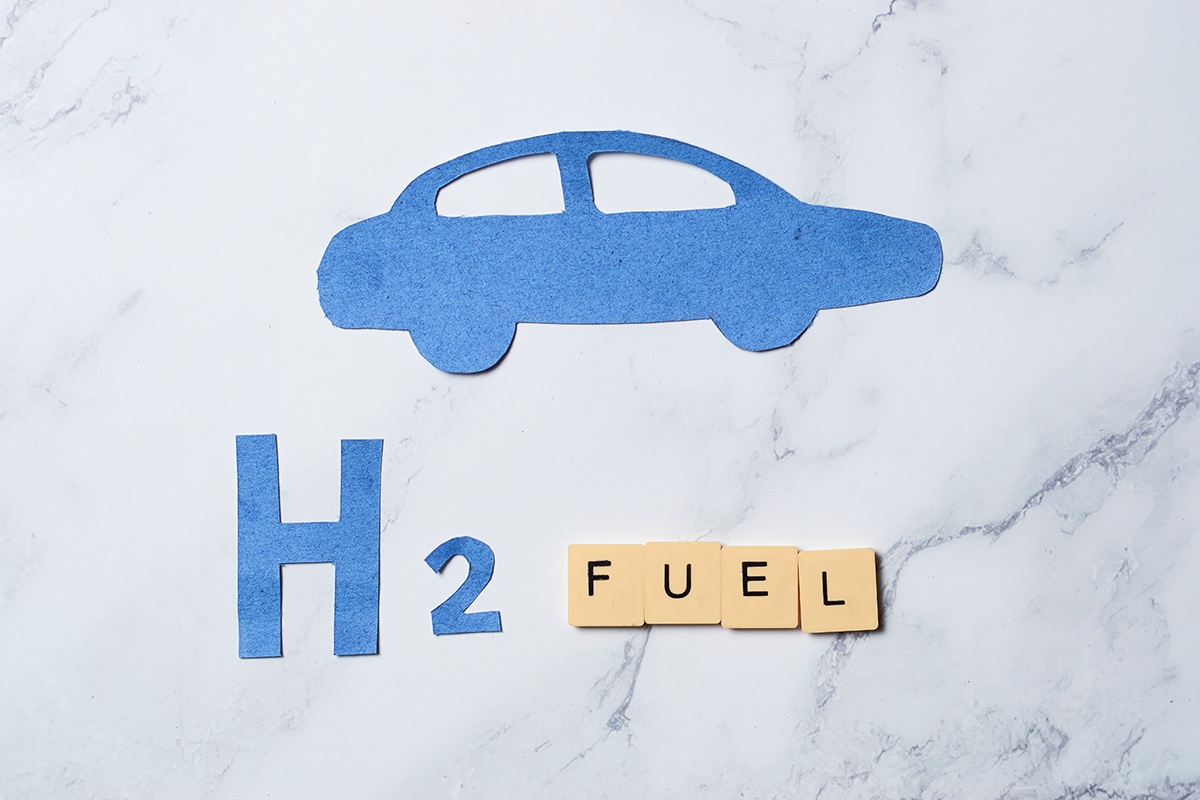As a company, we have always stayed away from utilizing scare tactics about water in our literature as well as in conversations with our distributors or their customers. Our preference has been to understand all water treatment technologies, implement those best suited for addressing customer needs, and stay in that lane without pretending to be experts on health issues related to water contaminants.
Information received on January 8, 2024, however, compels us to advise as many people as possible about a significant health threat related to water – specifically bottled water. On that date, we received the findings on nanoplastics in bottled water published in the Proceedings of the National Academy of Sciences. Their examinations showed an average of 250,000 particles per bottle in those tested.
Even more concerning than the high numbers was their sizes as small or smaller than a virus. At this size, they can invade human cells disrupting their development or causing mutations affecting our neurologic, immunologic, circulatory, and all organ systems. So small, in fact, that they have been found in newborns. It’s no leap to realize that animals and fish have been exposed, so to some extent the particles are also in our food chain.
The plastic materials are identified by a laser bombardment process that reveals they consist of nylon, Teflon (PTFE) the forever chemical, PVC, packaging plastics including PET, and possibly in some cases the polymer used in the production of reverse osmosis membranes.
What are we to do? The obvious answer is to avoid bottled water. Next would be to use an in-home reverse osmosis system that has pores as small as 0.002 to 0.0001 microns or at least 1/5 the size of the smallest virus/nanoplastics. Finally, an entrepreneur somewhere, hopefully, will follow in the footsteps of Stephan Wiess and drill deeply for newly formed water as outlined in our blog titled “There is probably enough water on earth for everyone”. This water, at depths of hundreds of feet, has not been exposed to man’s contamination and could be transported to customers in SS or glass vessels.











